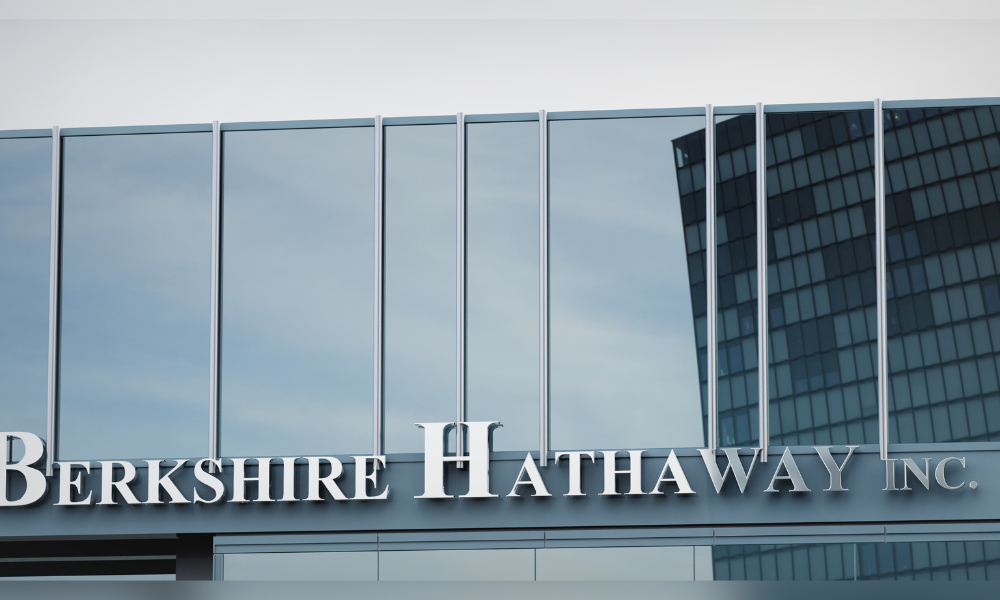Low active success rates highlight the need for selectivity, report says

A year-long analysis of active mutual funds and ETFs reveals that just 33% outperformed their passive counterparts on an asset-weighted basis, down 14 percentage points year-over-year.
US equity managers were particularly challenged, with a success rate falling to just 31%, according to the latest Morningstar US Active/Passive Barometer which looked at active fund performance for the 12 months ending June 2025.
However, there were some areas found to have performed better, notably international equities where, across five foreign-stock Morningstar categories, active managers maintained a 45% success rate. European equity managers even improved their one-year success rate by 5 percentage points, rising to 47%. In contrast, global large-blend strategies lagged, continuing a trend of underperformance.
Another of the report’s more encouraging findings is that investors appear to be allocating capital more effectively.
Over the past 10 years, the average dollar invested in active funds outperformed the average active fund in 17 of 20 categories studied, suggesting that investors – and their investment managers - are favoring more cost-effective and higher-quality active strategies.
Cost remains a critical determinant of success. Active funds in the lowest fee quintile outperformed their average passive peer 27% of the time over the past decade, nearly double the 15% success rate of the most expensive quintile.
Fixed income showed particular weakness over the last year with success rates in corporate bond funds collapsing from 64% to just 4%. Even intermediate-core bond managers, typically among the strongest performers, saw their success rate fall 21 percentage points to 52%.
Looking at a longer period, only 21% of active funds both survived and outperformed their passive counterparts over the last decade. Among US large-cap funds, the figure was just 8% compared to the 18% and 25% success rates for active mid- and small-cap managers, respectively.
The report suggests that active management is not broken, but the bar for success is high and rising.
Selectivity, fee awareness, and a disciplined due diligence process remain essential and for many portfolios, a combination of strategic beta and high-conviction active strategies may still offer the most efficient path to long-term client outcomes.



